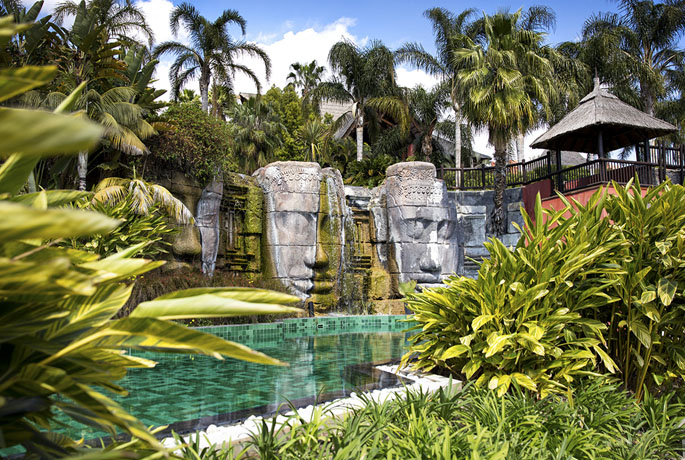JAPANESE TRADITIONAL DANCES
At Asia Gardens, we always invite you to know more about the Asian culture. Today, we would like to talk about the traditional Japanese dances, which have been practiced for more than 300 years.
The origins of these dances go back to the ceremonial dances that were presented for the Court, the ones danced in popular parties and the Ennen, which come from the Buddhism. Besides, the Japanese theatre Kabuki is very connected to these dances, because both of them forget about the shallow things in life and follow the Buddhist philosophy of “bringing the soul closer to heaven”.
The Japanese traditional dances consist of slow moves from dancers that keep steady and solid on the ground, taking very short steps on bending knees.
How the dancers move their heads also plays a big role, because this way, they transmit the energy and the expression of the Japanese spirit. The audience sees the dancers moving really slowly, but these moves require a great discipline in order to be able to do some unique postures.
There are three different oriental dancing styles that depend on the kind of moves the dancers make. There is the Mai, where they make slow and majestic moves; the Odori, a very fast and joyful dance, and the Shosa, where the dancers express their feelings and emotions.
As we already told you some weeks ago (https://asiagardens.es/blog/blog/2013/04/05/the-traditional-kimono/?lang=en), the kimono is the traditional costume in Japan, and of course, they wear it for these dances. Depending on how old the dancer is, where he/she is dancing and what time of the year it is, the dancer wears a type of kimono that suits these elements. For example, if it is spring, the kimono is pink, in autumn, it is brown, etc. Where they are dancing also influences the way they dress: if the show is outdoors, the dancers wear wood sandals, but if the show is indoors, they wear tabi socks.
Regarding the make-up and hairdos of the dancers, the Japanese are very traditional: they paint their faces with white powder and highlight brows, eyes and lips, so that their skin looks like porcelain. On top of it, they wear Japanese medieval wigs called katsura that are usually short and black (http://www.telva.com/albumes/2013/04/26/mono_japo_peinado_moda_celebrities_pasarela/, http://japonismo.com/blog/el-maquillaje-de-maikos-y-geishas ).
The main element in the traditional Japanese dances is the fan, called osensu. The dancers use it to represent different objects, such as swords, trees, or even meteorological situations like snow or wind. But they also use sunshades or cherry tree branch.
The most famous Japanese dancing festival is the Awa Odori, which has been taking place in the city of Tokushima during summer for 400 years and brings together almost 100.000 dancers from all around the country.
Just as in the Japanese traditional dances, at Asia Gardens 5 star luxury hotel in Spain we are also searching for peace and tranquillity of our souls.
We are waiting for you.



